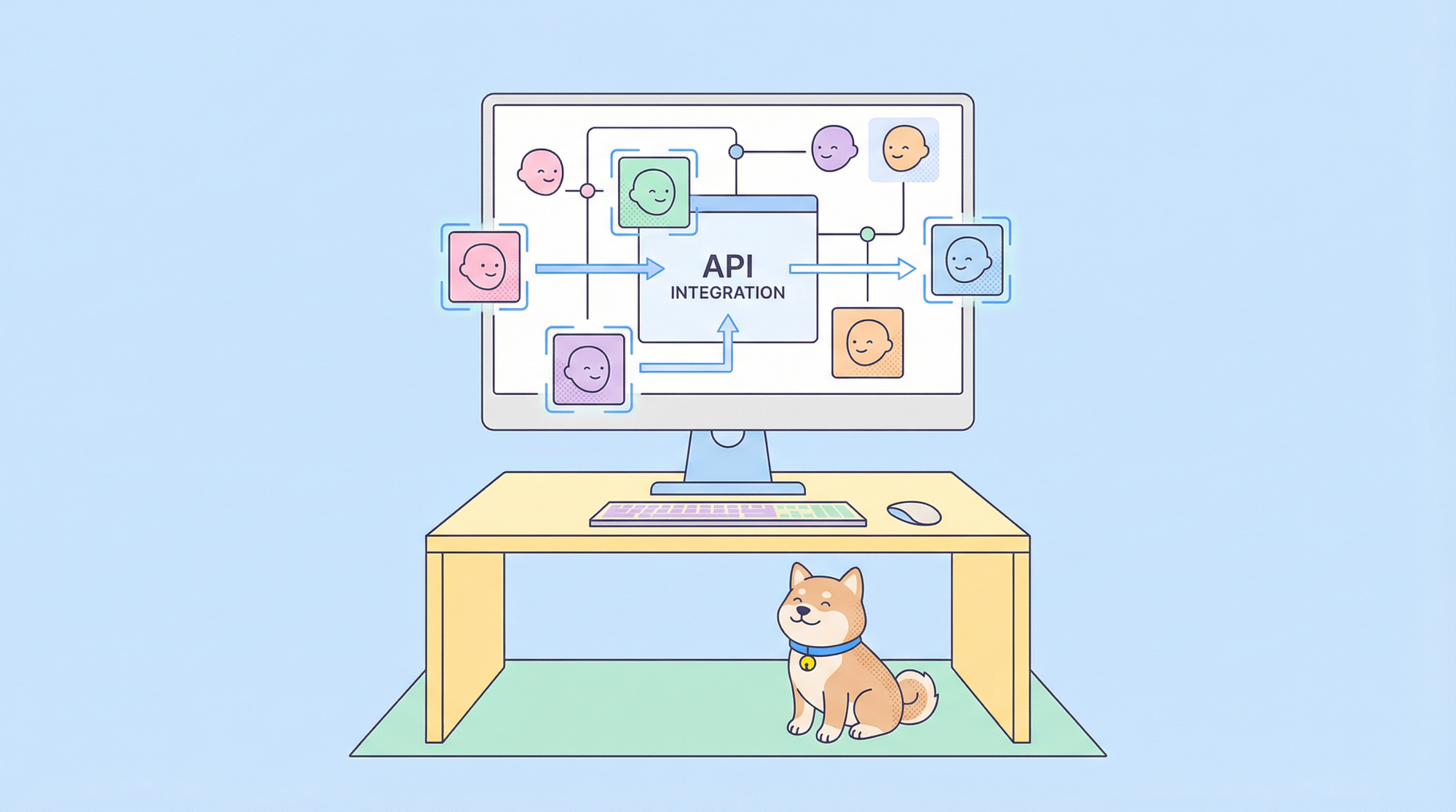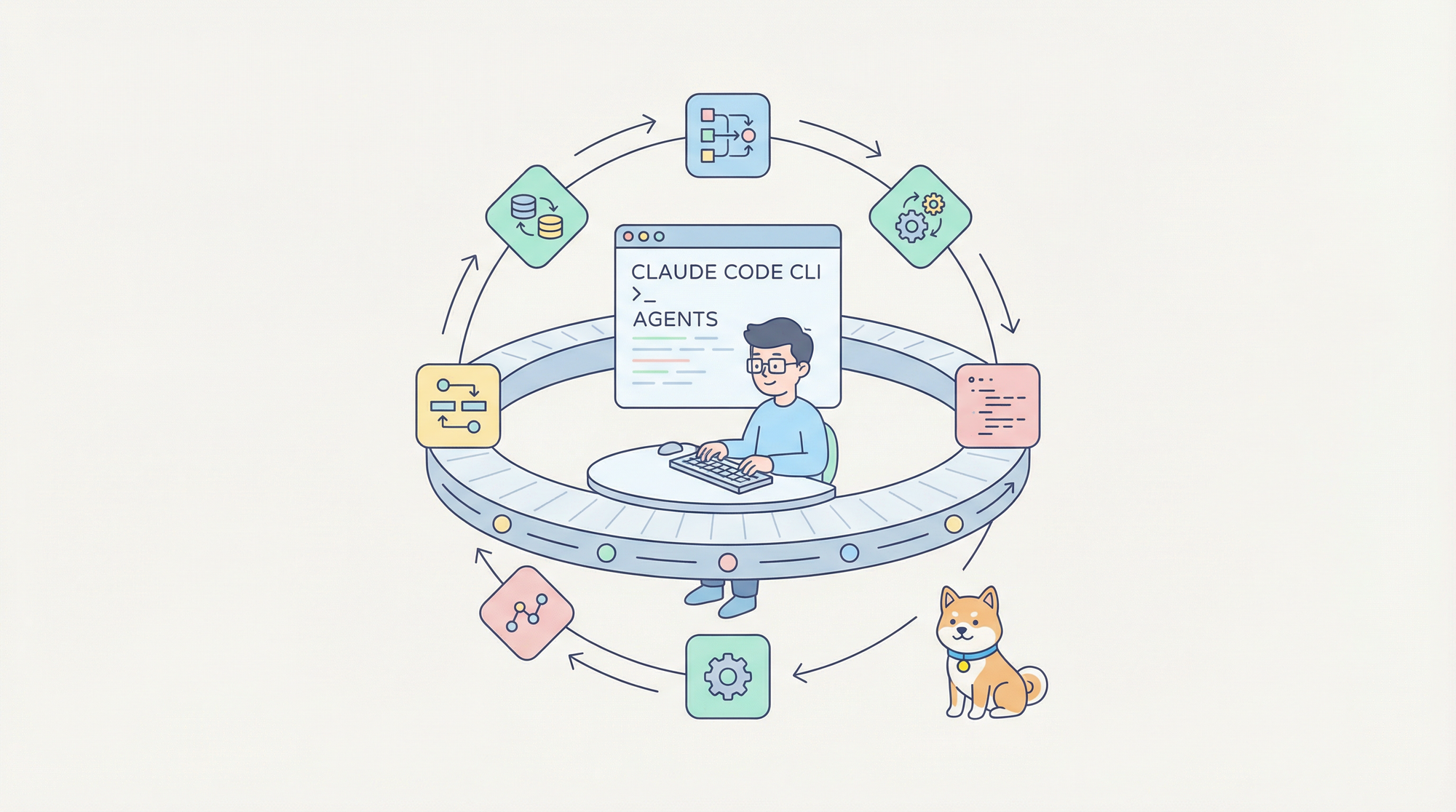Introduction
Next.js has emerged as one of the most popular React frameworks for building modern web applications, offering powerful features like server-side rendering, API routes, and middleware capabilities. However, a critical vulnerability (CVE-2026-29927) has recently been discovered that affects the middleware functionality, potentially allowing attackers to bypass authentication and authorization mechanisms entirely.
This vulnerability is particularly concerning because middleware is often used to implement authentication checks, role-based access control, and other security measures. When compromised, it can lead to unauthorized access to protected resources, sensitive data exposure, and potentially complete application takeover.

CVE-2026-29927 Vulnerability Explained
CVE-2026-29927 is a critical vulnerability in Next.js that allows attackers to completely bypass middleware-based authorization checks. The vulnerability stems from an implementation flaw in how Next.js handles certain HTTP headers in requests.
When a request includes a specially crafted x-middleware-prefetch header, the middleware execution can be circumvented entirely, allowing direct access to protected routes. This vulnerability affects applications that rely solely on middleware for implementing authentication and authorization controls.
Technical Details of CVE-2026-29927
The vulnerability exploits the way Next.js processes prefetch requests. By setting the x-middleware-prefetch header to 1, attackers can make Next.js treat the request as a prefetch operation, which under certain conditions bypasses the security checks in the middleware.
An attacker could exploit this vulnerability with a simple HTTP request like:
GET /dashboard HTTP/1.1
Host: vulnerable-app.com
x-middleware-prefetch: 1
Even if the middleware contains code to redirect unauthenticated users away from /dashboard, this request would bypass that check and potentially gain access to the protected dashboard.
The Github link to the security issue: https://github.com/vercel/next.js/security/advisories/GHSA-f82v-jwr5-mffw
Proof of Concept
The exploitation is straightforward and requires no special tools beyond the ability to send custom HTTP requests. Using a tool like curl, an attacker could execute:
curl -H "x-middleware-prefetch: 1" https://vulnerable-app.com/dashboard
This simple request could potentially bypass authentication checks and gain access to protected content.
What Versions of Next.js Are Affected?
This vulnerability affects Next.js versions up to:
- 13.4.9 for Next.js 13
- 14.0.4 for Next.js 14
Applications are vulnerable if they:
- Use middleware for authentication or authorization checks
- Run on affected Next.js versions
- Don't have additional server-side or API-level authentication checks
The vulnerability is particularly concerning for applications deployed on serverless platforms like Vercel, where middleware is often the primary method of implementing authentication due to its Edge function capabilities.
How to Detect If Your Next.js Application is Vulnerable
To determine if your application is vulnerable, you can:
- Check your Next.js version
- Test protected routes with the
x-middleware-prefetch: 1header - Review middleware implementation for sole reliance on Next.js middleware for security controls
The impact of this vulnerability varies depending on what the middleware is protecting:
- Low Impact: Middleware used for non-security features like A/B testing or analytics
- Medium Impact: Middleware protecting non-sensitive content
- High Impact: Middleware guarding sensitive data, admin panels, or financial information
- Critical Impact: Middleware as the sole authentication layer for the entire application
What Should You Do Amid the Next.js Critical Security Issue
1. Update to Patched Versions
The most straightforward mitigation is updating to patched versions:
- Next.js 13.4.10 or later for Next.js 13
- Next.js 14.0.5 or later for Next.js 14
2. Implement Defense in Depth
Don't rely solely on middleware for security:
// pages/dashboard.js or app/dashboard/page.js
export async function getServerSideProps(context) {
const session = await getSession(context);
if (!session) {
return {
redirect: {
destination: '/login',
permanent: false,
},
};
}
return {
props: { session },
};
}
3. Apply Custom Header Validation
Add validation in your middleware to reject requests with suspicious headers:
export function middleware(request) {
// Reject requests with x-middleware-prefetch header
if (request.headers.get('x-middleware-prefetch')) {
return new NextResponse(null, { status: 403 });
}
// Regular middleware logic
// ...
}
4. Use Edge Config to Control Access
For applications deployed on Vercel, consider using Edge Config to maintain a blocklist of potentially malicious IPs or request patterns.
How to Migrate from Vercel to Cloudflare

If you're considering moving your Next.js application from Vercel to Cloudflare for enhanced security.
The project can be found on Github: https://github.com/ygwyg/diverce, and here's a step-by-step guide on how to use this tool to migrate from Next.js to Cloudflare:
1. Prepare Your Next.js Application
First, ensure your application is compatible with Cloudflare Pages:
# Install the Cloudflare Pages adapter
npm install @cloudflare/next-on-pages
Update your next.config.js:
// next.config.js
/** @type {import('next').NextConfig} */
const nextConfig = {
// Cloudflare Pages compatible settings
output: 'export',
images: {
unoptimized: true,
},
// Existing configuration...
};
module.exports = nextConfig;
2. Set Up Cloudflare Pages
- Create a Cloudflare account if you don't have one
- Navigate to the Cloudflare Dashboard → Pages
- Connect your GitHub/GitLab repository
- Configure build settings:
- Build command:
npm run build - Build output directory:
.next - Set environment variables from your Vercel project
3. Implement Cloudflare Workers for Middleware Functionality
Create a functions/_middleware.js file in your project:
export async function onRequest({ request, next, env }) {
// Get the URL from the request
const url = new URL(request.url);
// Authentication logic
// Example: Check authentication token
const token = request.headers.get('Authorization');
if (!token && url.pathname.startsWith('/dashboard')) {
return Response.redirect(new URL('/login', request.url), 302);
}
// Continue to the next middleware or the destination
return await next();
}
4. Configure DNS Settings
Update your DNS settings to point to Cloudflare:
- In the Cloudflare Dashboard, go to your domain
- Add a CNAME record pointing to your Cloudflare Pages deployment
- Ensure SSL/TLS is set to "Full" or "Full (Strict)"
5. Implement Additional Security Measures
Take advantage of Cloudflare's security features:
- Enable Cloudflare WAF (Web Application Firewall)
- Configure rate limiting rules
- Set up Cloudflare Access for additional authentication layers
- Use Cloudflare Workers for custom security logic
6. Test and Troubleshoot
Before fully migrating:
- Deploy to a staging environment
- Test all routes and functionality
- Verify API integrations still work
- Check for any Cloudflare-specific limitations
Conclusion
CVE-2026-29927 represents a serious vulnerability in Next.js middleware that can completely undermine application security. The ability to bypass middleware-based authentication with a single HTTP header demonstrates why defense-in-depth is crucial in web application security.
To protect your Next.js applications:
- Update to patched versions immediately
- Implement multiple layers of authentication
- Don't rely solely on middleware for security controls
- Consider implementing WAF rules to block suspicious headers
- Regularly test your application for security vulnerabilities
If you're considering moving away from Vercel, Cloudflare offers robust security features that can help mitigate similar vulnerabilities in the future. By leveraging Cloudflare's edge network, WAF capabilities, and Workers platform, you can build a more secure and resilient Next.js application.
Remember that security is an ongoing process—staying informed about new vulnerabilities and maintaining up-to-date dependencies is essential for protecting your applications and user data.




